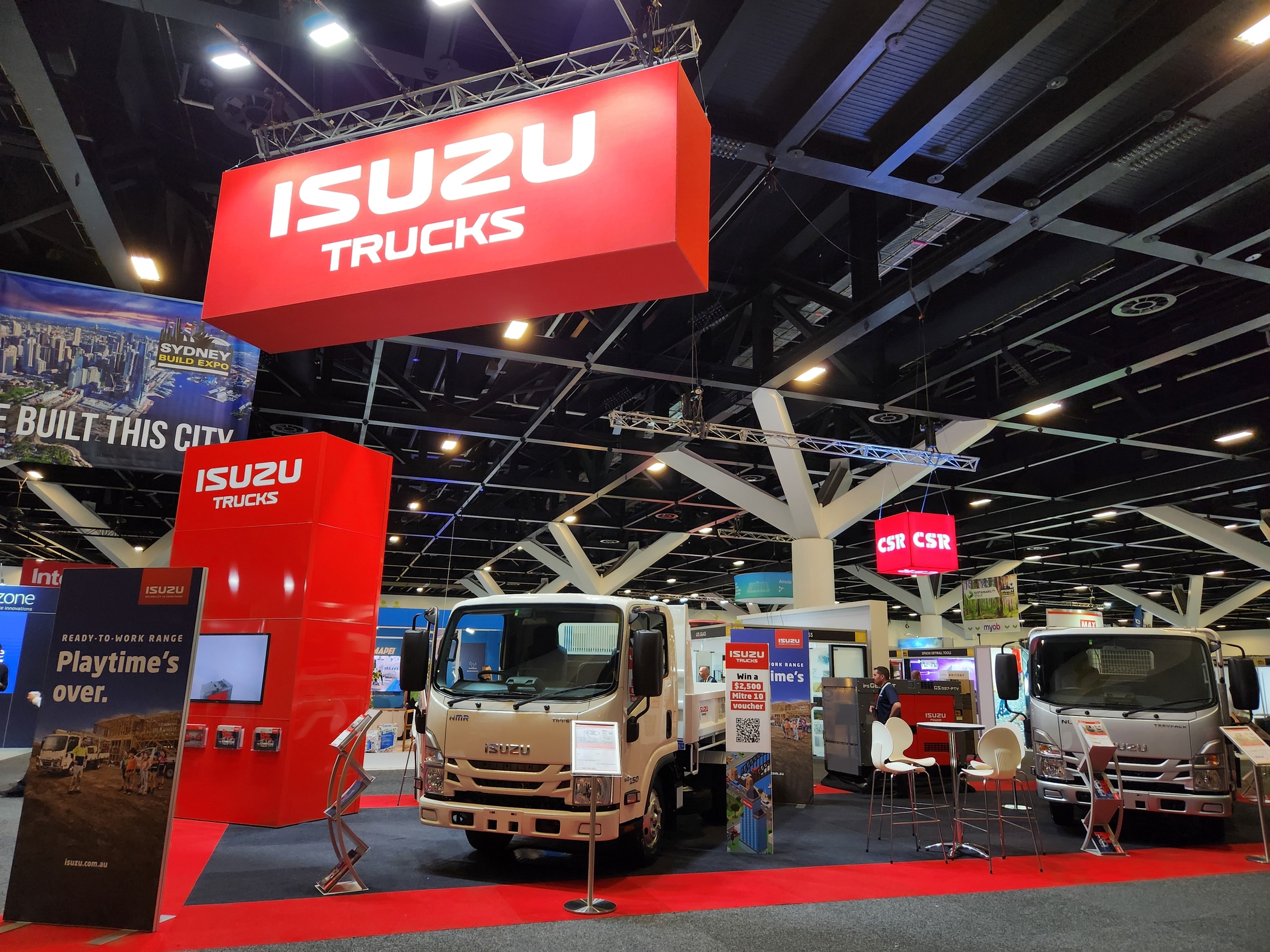CHECK YOURSELF: TRUCK INSPECTIONS TO SAVE BIG BUCKS

‘Prevention is better than cure’ is a cliché most of us have heard since childhood, but when you’re dealing with a capital investment as significant as a truck, it’s the kind of advice to genuinely put into practice.
Identifying potential problems early can help you catch minor issues before they snowball into lengthy repair or replacement jobs that will take your vehicle off the road and take cash out of your pocket. Below we’ve compiled a list that drivers and fleet managers can check to make sure they’re taking the best possible care of their trucks. It’s a small gesture but doing so helps to secure your investment and make sure its continuing to produce a return. It’s important to note that while this list has been compiled using timeframes – to make it easier to understand – in undertaking checks, operators should consider the specific way their trucks are working every day. Your vehicles’ operating conditions and application will significantly impact the intervals you should leave between specific mechanical checks, but remember, it’s always better to err on the side of caution and resolve any problems as soon as they occur.Daily checks:
Any day your truck is heading out, it should first go through a few quick checks to help things run as smoothly as possible on the road. The best place to start this inspection is with basic fluid-level checks. Ensuring there’s the correct volumes of engine oil, coolant and brake fluid (if your truck has a hydraulic brake system) will help to identify and head-off any potential disasters later in the day. From there, it’s onto the filters. To ensure you get the longest, most efficient life out of your engine, you need to ensure it’s getting three crucial things: clean oil, clean air and clean fuel. That’s why it’s important to check fuel filters, air filters and air brake filters daily and act on any maintenance required. Once these measures have been taken, drivers should do a 360-degree walkaround of their vehicle to ensure everything is in working order – taking particular note of any engine leakage, lighting outages and any mirror damage that may have occurred during a previous shift. For those operating larger fleets, establishing a daily, compulsory vehicle checklist that every driver must complete before heading out for the day could be an avenue to consider. There are plenty of templates to manipulate online – some quite exhaustive – that can serve as a solid guide for operators looking to develop something specific for their fleet.Weekly checks:
The weekly checks are an extension of a daily check, but a little more intensive Top up fluid levels, check oil quality and monitor tyre pressure as required. It’s also worth doing a more comprehensive check under your truck at least once a week to ensure there are no fluids leaking. Catching the first indication of a drip could indicate a hose or gasket is in need of replacement.Monthly checks:
At monthly intervals, operators should attempt to diagnose any less commonly occurring mechanical issues within their trucks or fleet. The first item on a monthly checklist should be tyre tread. To operate safely, heavy vehicles need to have at least 1.5 mm of tread depth when they’re out on roads. Again, this may seem like a peripheral issue, but incorrect tyre pressure across an entire fleet can have a huge impact on factors like fuel efficiency, Monthly intervals are also a good time to check the batteries across your fleet. Signs of corrosion or calcification around the terminals can indicate the start of an issue that’s best resolved sooner rather than later.Yearly checks:
These periodic inspections should be a key part of any scheduled maintenance routine, but – in keeping with the rest of this blog’s central theme – they’re preventative and chiefly designed to catch problems before they become more costly and worrisome. There’s no substitute though for a qualified technician conducting a major inspection of your truck(s) to ensure they’re in tip-top shape. Qualified techs will inspect the suspension, steering, engine, driveline and exhaust in their checks. When you’re scheduling these major service appointments, have a conversation with your service manager about ways you can reduce the time your truck is off the road when it would otherwise be earning you money.


Playtime’s over, get $3,500* to spend on extras.
If you’re ready to get serious about tackling bigger jobs, grab yourself an NLR 45-150 AMT SWB Traypack from the Ready-to-Work range for $62,990 drive away*. And to prove we aren’t playing, buy any NLR Traypack before June 30 and you’ll get $3,500* to spend on genuine accessories or an Essentials service agreement.
Learn more



